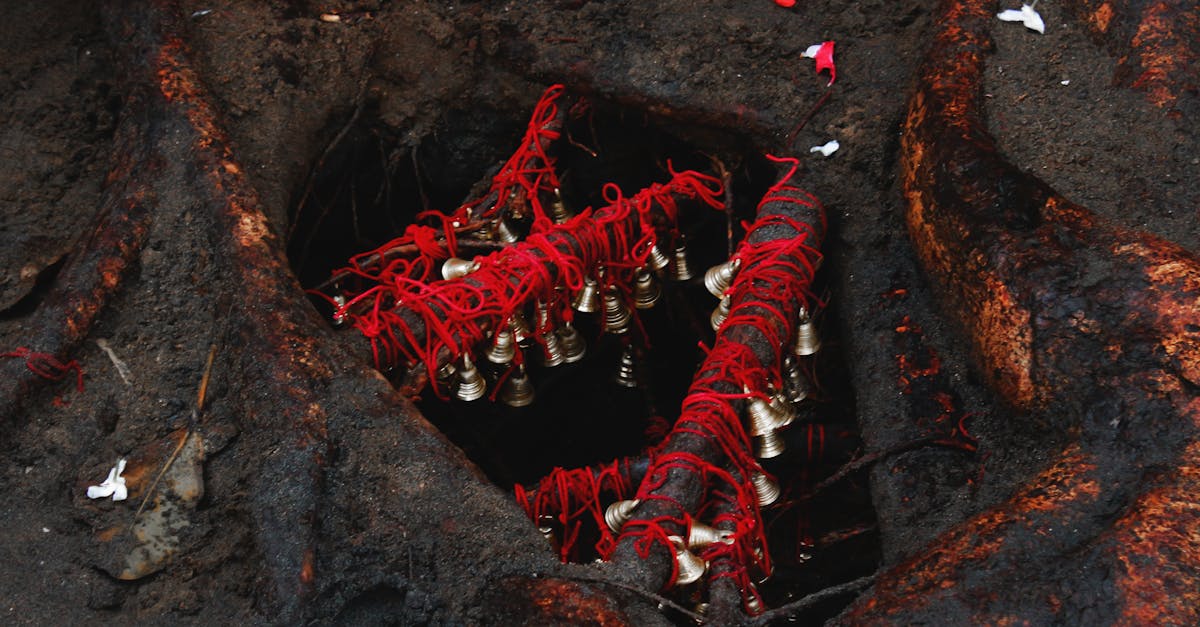Scientists are raising alarms over the rapid decline of bee populations in Midwest farms, a trend that could have devastating effects on agriculture and local ecosystems. 🐝 This article explores the causes, impacts, and potential solutions to this critical issue.
Why Are Bees Disappearing in the Midwest?
Several factors contribute to the decline of bee populations in the Midwest:
- Pesticide Use: Chemicals like neonicotinoids are harmful to bees.
- Habitat Loss: Urbanization and monoculture farming reduce natural habitats.
- Climate Change: Unpredictable weather disrupts bee foraging patterns.
- Diseases and Parasites: Varroa mites and other pathogens weaken bee colonies.
Impact on Agriculture
Bees are essential pollinators for many crops grown in the Midwest, including:
Without bees, farmers could face lower yields and higher costs, ultimately affecting food prices.
What Can Be Done to Save the Bees?
Here are actionable steps to help reverse the decline:
- Reduce Pesticide Use: Opt for organic or bee-friendly alternatives.
- Plant Bee-Friendly Gardens: Include native flowers and plants.
- Support Local Beekeepers: Buy honey and other products from sustainable sources.
- Advocate for Policy Changes: Push for regulations that protect pollinators.
Conclusion
The decline of bee populations in the Midwest is a pressing issue that requires immediate attention. By taking small but meaningful actions, we can help protect these vital pollinators and ensure the future of our food supply. 🌱

Latest Articles

Coastal Towns Fight Rising Seas with Barriers
Discover how coastal towns are using innovative barriers to combat rising sea levels and protect their communities.

Local Community Rallies to Save Ancient Oak Tree
Residents unite to protect a centuries-old oak tree threatened by development. Learn how you can help preserve local heritage.
